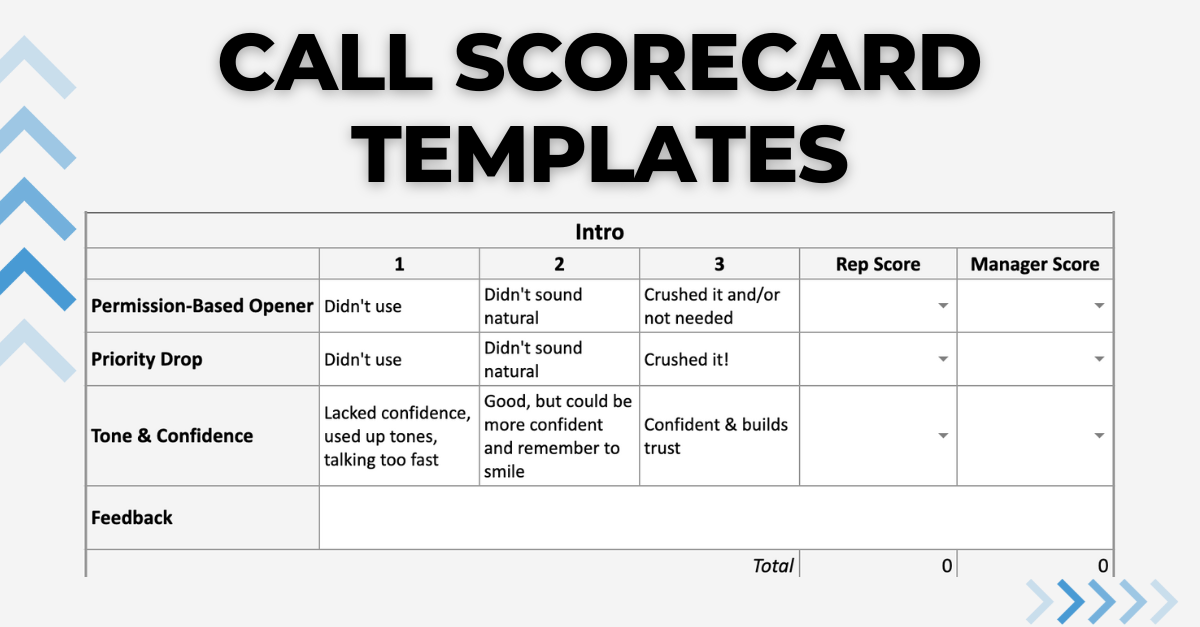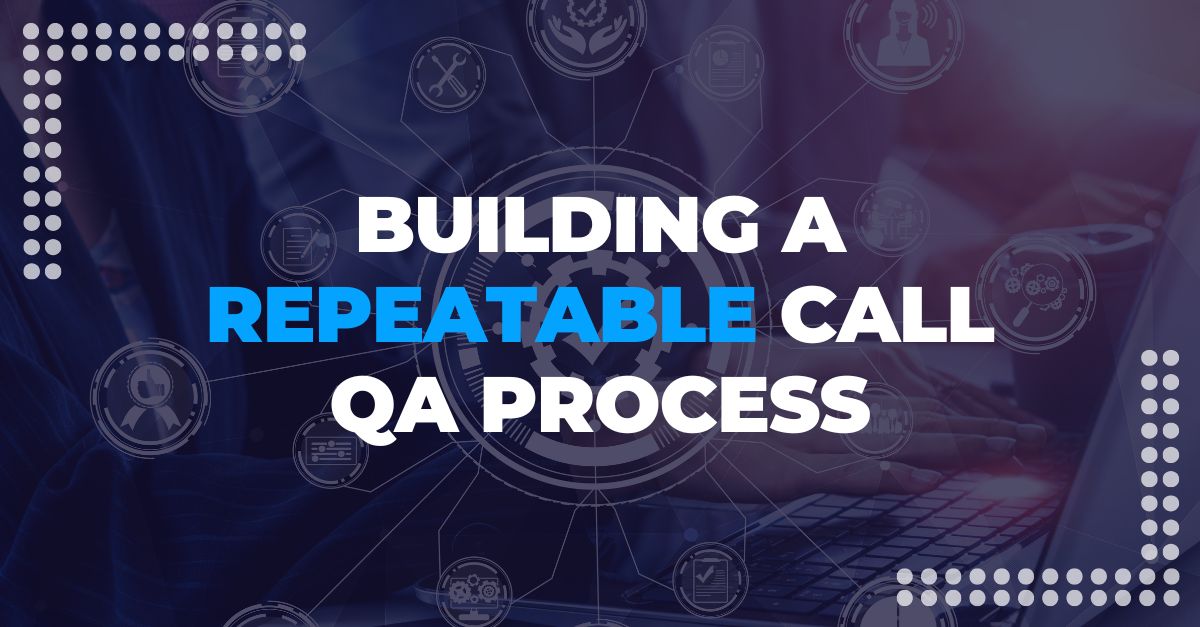The role of contact center software has become pivotal for companies aiming to streamline their customer interactions and operations.
The old-school ways of Excel spreadsheets and Word documents are in the past.
Software is taking over and for a good reason.
Let’s say you’re a VP of Operations, optimizing KPIs is not just a goal – it’s a necessity.
In this post, we’ll explore strategies to enhance KPIs by effectively utilizing contact center software.
Contact Center Software & KPIs
Contact Center Software serves as the backbone of customer engagement. It encompasses software that facilitates communication between customers and agents, ensuring a seamless and efficient process. By leveraging these solutions, companies can not only enhance customer satisfaction but also improve various operational KPIs.
Let’s dive into those KPIs.
Call Handle Time
One of the primary functions of Contact Center Software is call management and ensuring each call is handled promptly. As a Head of Operations, your main focus should be on implementing a system that optimizes call routing based on customer profiles, ensuring that calls are directed to the most suitable agents.
This reduces call handle times and enhances overall operational efficiency.
Furthermore, advanced call handling features such as Interactive Voice Response (IVR) systems can be integrated to provide self-service options for routine queries.
This empowers customers to find quick solutions without agent intervention, allowing agents to handle more complex issues.
First Call Resolution
Building off the above KPI, first call resolution (FCR) is one of the most critical KPIs. ‘
Why?
Because no one wants to have to call back because their issue wasn’t resolved the first time.
Amas Tenumah, Author, Consultant, and Co-Host of The Contact Center Show, talks even more in-depth about this KPI in our podcast. Check it out…
Customer Satisfaction Score
Data is the lifeblood of effective decision-making.
Modern contact center software provides real-time analytics and reporting tools that offer insights into various operational aspects including customer satisfaction score (CSAT). As Head of Operations, you should be prioritizing systems that enable the monitoring of CSAT as it can make or break your long-term customer value.
The Significance of Contact Center Software in Operations
Software can save companies time and money plus even help modernize their business operations.
The VP of Operations and Head of Operations are generally focused on decreasing costs while increasing satisfaction. It’s always a balance, cut costs too much, and satisfaction could suffer.
That’s where software comes in. It gives Operations leaders the balance they need.
Here is what you should look for when it comes to contact center software.
Integration with CRM Systems
A seamless integration between contact center software and customer relationship management (CRM) systems is crucial for optimizing operations. Heads of Operations should seek software solutions that consolidate customer data and interaction history, providing agents with a comprehensive view of customer profiles.
This integration ensures that agents have the necessary information at their fingertips, leading to quicker issue resolution and enhanced customer satisfaction.
Additionally, it aids in the tracking of customer interactions across various channels, enabling a more personalized and efficient service.
Implementing Multi-Channel Support
Customers expect to engage with businesses through various channels, including phone, email, and chat. Operations leaders should invest in contact center software that supports multi-channel communication to meet evolving customer expectations.
Or at least bundle together software that seamlessly integrates with each other.
By providing a consistent and integrated experience across channels, businesses can improve KPIs related to customer satisfaction and response times.
Agents equipped with tools to manage interactions seamlessly across multiple channels contribute to enhanced operational efficiency.
Agent Training and Performance Management
A well-trained and motivated workforce is fundamental to achieving operational excellence. When choosing contact center software, find one that includes robust training and performance management features.
This allows for continuous agent development, ensuring they stay up-to-date with product knowledge and customer service best practices.
Scalability for Future Growth
Investing in new software is a big deal. No one wants to put forth the effort to reinvest in different software each year.
That’s why it’s important to find a solution that has a roadmap and vision that aligns with your company’s growth goals.
Cloud-based contact center software is particularly advantageous in this regard, providing flexibility and scalability without the need for significant infrastructure investments. It is the same with a solution that keeps the agent experience free of distractions. You know that agents already have a tough job being on the phones all day.
Let’s Wrap It Up
In the journey toward operational excellence, Operations leaders play a pivotal role in selecting and implementing contact center software that aligns with business objectives. By focusing on improving KPIs like call handle time, first call resolution, and customer satisfaction score, organizations can elevate their agents and deliver exceptional customer experiences.
As businesses evolve, so do customer expectations. Investing in the right contact center software not only enhances operational efficiency but also positions the organization for sustained success in a competitive market.
Embrace the power of technology to transform your contact center operations and unlock the full potential of your team.



